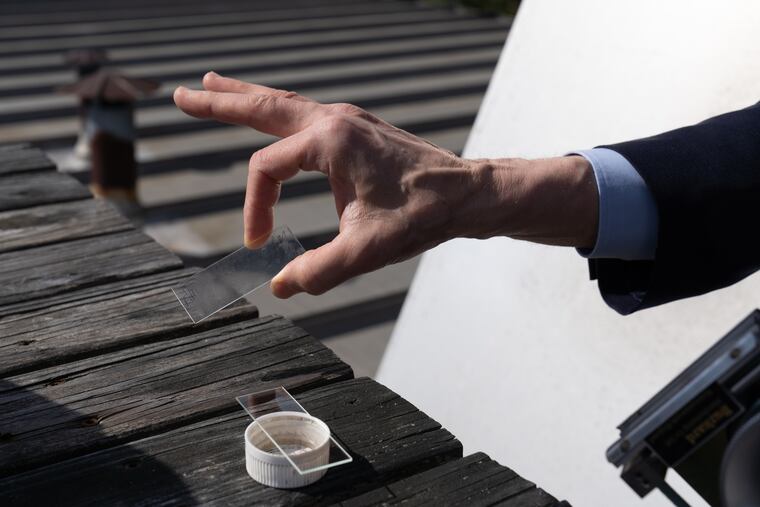‘I’ve never seen it that high’: Ragweed-pollen count flies off the charts in the Philly region
Ragweed counts were triple the "extreme levels" late last week, a pollen expert says. They likely will remain quite high this week, a downside of splendid weather.
